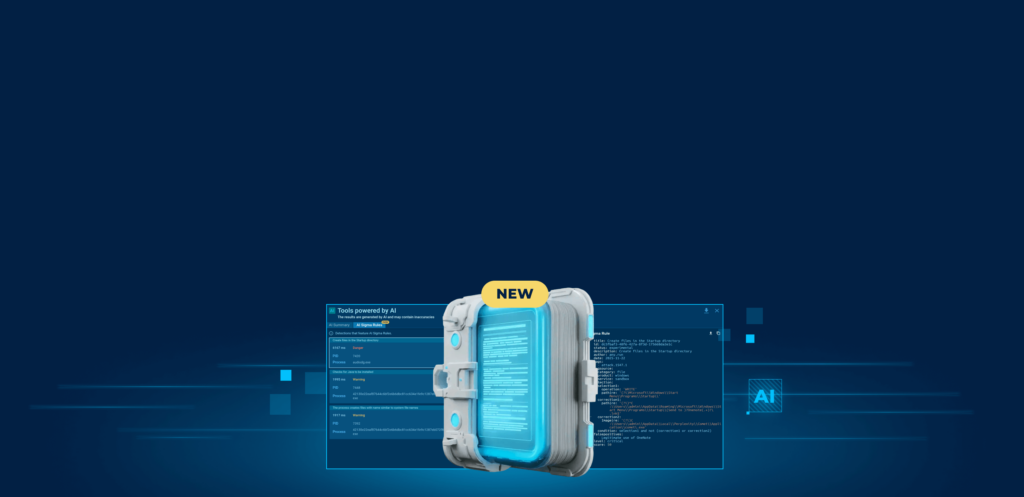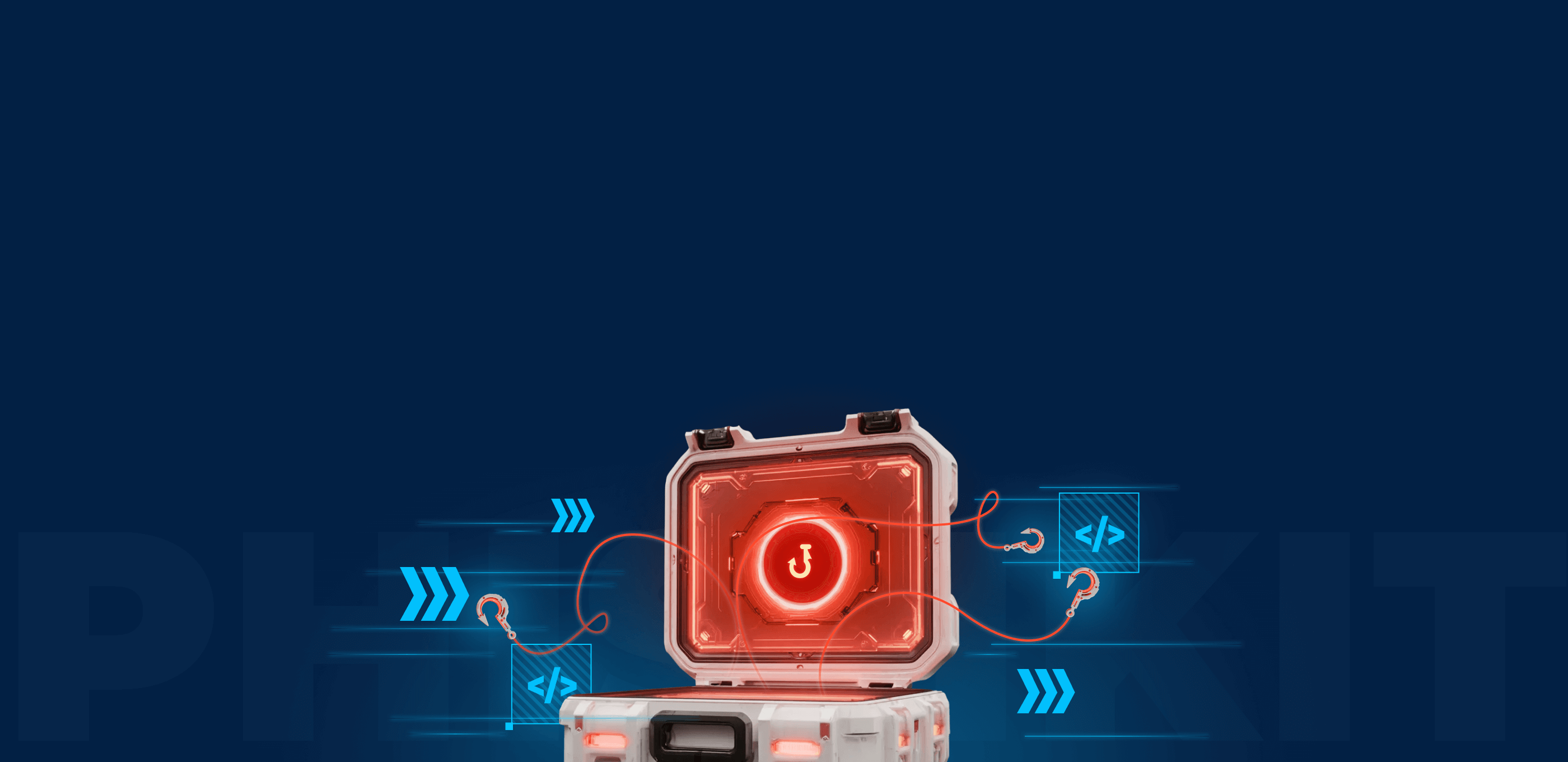If you’re a security researcher or working in a SOC, getting a handle on bootkits is crucial. Though they’re not as well-known as other types of malware, bootkits pose a significant risk due to their low-level operations.
So let’s dive into what a bootkit really is:
What type of malware loads itself before the OS boot is complete?
Malware that loads itself before the OS boot is complete is called a bootkit.
A bootkit is a type of malware that infiltrates the boot sector of a computer’s hard drive or the master boot record (MBR). Bootkits often operate below the operating system, making them especially challenging to detect and remove.
The master boot record is a critical part of a hard drive, containing the code that the computer’s firmware executes to boot up the operating system. By targeting this area, a bootkit can gain control of the machine right from startup, even before the operating system loads. This allows it to bypass many security measures and maintain persistence, often remaining undetected by traditional antivirus software.
Bootkits and Rootkits compared: exploring the differences
Bootkits and rootkits are both types of malware and they are often confused with each other. But they differ significantly in their operation and the level of access they achieve within a system.
A bootkit specializes in infecting the boot sector or master boot record of a computer’s hard drive. This is the first sector of the hard drive that the computer’s BIOS accesses to load the operating system. By infecting the MBR or similar low-level structures like the Volume Boot Record (VBR), a bootkit ensures it is executed before the operating system fully loads.
Rootkits, on the other hand, operate at the operating system level. Once a system is infected, typically through traditional malware vectors, a rootkit embeds itself deeply into the system to hide its presence and the presence of other malware. Rootkits achieve this by intercepting and altering low-level API calls, and manipulating processes, files, and system logs to conceal their activities. Unlike bootkits, rootkits do not necessarily have control over the boot process, but they have extensive control over the operating system once it is running.
What makes bootkits a serious threat to security?
The ability to establish a foothold in the system before any security layers that operate within the OS environment become active allows bootkits to effectively disable security software, manipulate system files, and hide their existence from both the operating system and the user.
The fact that bootkits operate below the OS level means that they can intercept and manipulate system processes and data without detection, often requiring specialized tools for their discovery and removal. Since they reside in the boot sector, they are also not affected by changes made within the operating system environment.
Bootkits can have a variety of functionalities, making them versatile tools for attackers:
- System manipulation: They have the ability to modify system files and settings, potentially leading to system instability or further vulnerabilities.
- Data theft: Bootkits can facilitate the theft of sensitive data by installing keyloggers or capturing network traffic.
- Remote control: Some bootkits include backdoor functionalities, allowing remote attackers to control the infected system.
- Distribution of secondary payloads: They can be used to download and install additional malware, including ransomware and spyware.
How to prevent Bootkit infections with am UEFI Secure Boot
Activating UEFI Secure Boot is the first line of defense when it comes to preventing Bootkits.
UEFI (Unified Extensible Firmware Interface) Secure Boot is a security standard that helps ensure that a device boots using only software that is trusted by the Original Equipment Manufacturer (OEM). When enabled, Secure Boot verifies the signature of each piece of boot software, including firmware drivers and the operating system loader. If the signatures are valid, the system boots, and the firmware gives control to the OS. This process prevents unauthorized (unsigned or badly signed) code from executing during the boot process.
Best security practices also play a role:
- Regular updates: Update operating systems, firmware, and security software to patch vulnerabilities and protect against bootkit exploits.
- Security software: Use endpoint security tools that can detect boot-level anomalies and boot process modifications.
- Awareness training: Teach your colleagues or employees about phishing and social engineering risks, promote cautious online behavior, and stress the use of strong, unique passwords.
Wrapping up
We hope this article gave you a better understanding of how bootkits operate and how they differ from rootkits. Understanding this advanced threat is very important as a malware researcher or a SOC team professional because of how illusive it can be, but with proper knowledge, you can protect against it effectively.
About ANY.RUN
ANY.RUN is an interactive sandbox that handles the heavy lifting of malware analysis for SOC and DFIR teams. Every day, 300,000 professionals use our platform to investigate incidents and research threats. Request a demo to test our sandbox for free in the next 14 days.








0 comments